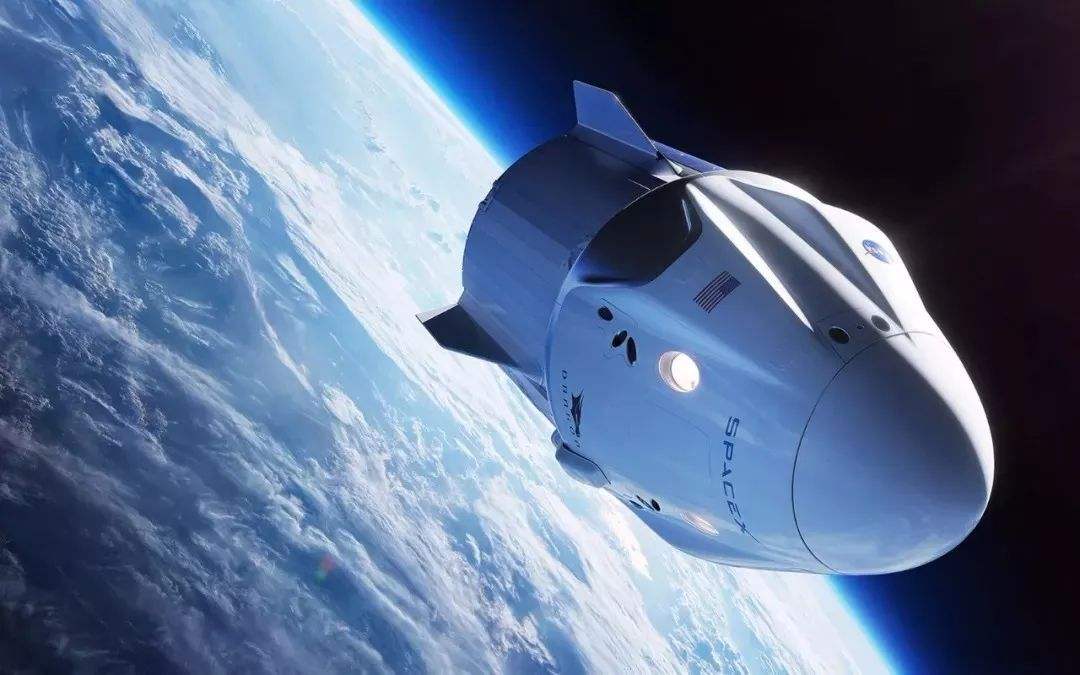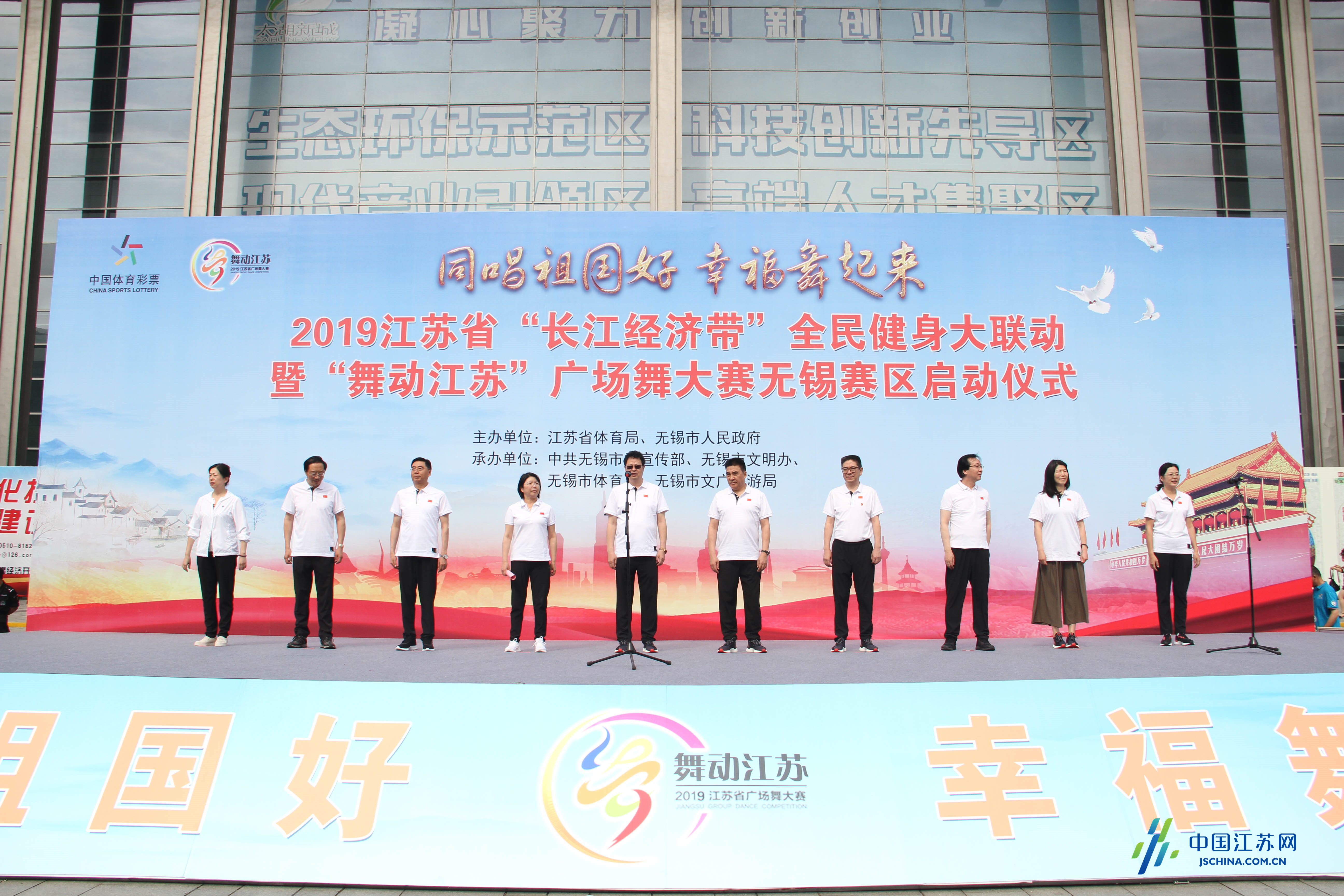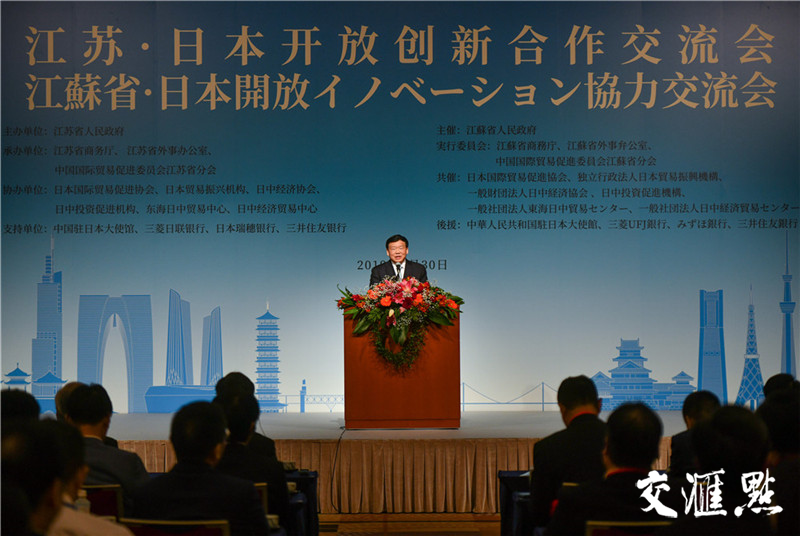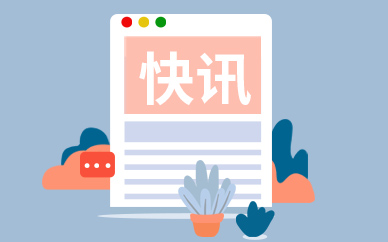BEIJING, April 13 (Xinhua) -- China"s foreign trade got off to a steady start in 2023, as total goods imports and exports expanded 4.8 percent year on year in the first quarter, reversing a decline of 0.8 percent in the first two months of the year, official data showed Thursday.
Foreign trade has improved over the past three months. After dropping 7 percent year on year in January due to the Spring Festival holiday, it recovered to an expansion of 8 percent in February before surging 15.5 percent in March.
 (资料图片)
(资料图片)
The first-quarter growth rate accelerated by 2.6 percentage points from the pace recorded in the fourth quarter of last year, according to the General Administration of Customs (GAC).
"China"s foreign trade has displayed resilience in the first quarter. The steady growth laid a foundation for promoting stability and improving the quality of foreign trade throughout the year," said Lyu Daliang, an official with the GAC.
In the first three months, exports grew 8.4 percent year on year to 5.65 trillion yuan (about 823 billion U.S. dollars) while imports rose 0.2 percent to 4.24 trillion yuan, bringing the total trade to 9.89 trillion yuan.
During this period, the Association of Southeast Asian Nations (ASEAN) remained China"s largest trade partner. China"s trade with ASEAN countries rose 16.1 percent year on year, 11.3 percentage points higher than the country"s overall trade growth rate.
Trade with countries along the Belt and Road jumped 16.8 percent year on year, while that with other members of the Regional Comprehensive Economic Partnership grew 7.3 percent during this period.
New drivers are taking hold, as China saw a 66.9-percent increase in the exports of three green products, namely solar batteries, lithium-ion batteries, and electric vehicles. These three products contributed 2 percentage points to the overall export growth in the first quarter.
"The recovering trend is expected to continue as China"s overall economic operation improves," said Lyu, adding that China"s sound economic fundamentals remain unchanged.
However, Lyu warned of difficulties and challenges in the sector, including global inflation, weakening external demand, and global uncertainties from protectionism and geopolitical risks.
According to a State Council meeting held last week, China will make more efforts to implement a policy mix to maintain the stability of foreign trade and help enterprises secure orders and expand the market.
The country will find ways to stabilize exports to developed economies and guide companies to continue their exploration of markets in developing countries, as well as regional markets such as the ASEAN, the meeting said.
This aerial photo taken on March 13, 2023 shows a container terminal of Taicang Port, east China"s Jiangsu Province. (Xinhua/Li Bo)








































































































































